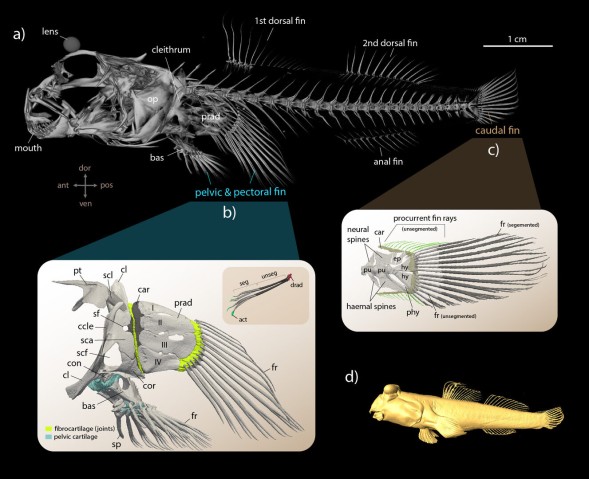Spider Predator-Prey Interactions
Spiderwebs are fantastically versatile and complex dwellings, hunting tools, and defensive mechanisms, with structures that vary from the familiar 2D circular pattern of an orb weaver to seemingly-random 3D tangles built by cobweb spiders. Beyond this simple dichotomous classification, web structure -- and thus function -- varies drastically depending on the arachnid's biology, environmental conditions, and even day-to-day factors like hunger. We are interested in investigating these relationships, especially as they apply to prey capture efficacy, for spiders of the Latrodectus genus, which includes the (im)famous Australian redbacks and North American black widows.
Unlike most other Theridiid, or cobweb, spiders, Latrodectus spiders focus their prey capture efforts on ground-based insects, other arthropods, reptiles, and even small mammals. By placing glue at the bottom of vertically-oriented, "gumfooted threads", passerby prey that blunder into them become stuck, allowing the spider to "fish" them up at its convenience. We are interested in studying how the spider distributes her gumfooted traps across a surface, and how we can understand this system through first passage analysis.
Other Life Science Topics
Besides these projects above, we have explored the following other topics related to the life sciences:
- We learned how song birds discriminate between conspecific (own species) versus heterospecific (other species) songs through application of information theoretical methods to neuroscience [5]
- While applying elastohydrodynamics to understand the mechanical behavior of confined red blood cells, we learned about the pathophysiology of malaria & sickle cell anemia [6]
- We applied particle imaging velocimetry from experimental turbulence research to study cooperative fungal spore ejection and learned about the ecology of fungi [7]
Publications
- Ziadi-Künzli, F., Maeda, K., Puchenkov, P., & Bandi, M. M. (2024). Anatomical insights into fish terrestrial locomotion: A study of barred mudskipper (Periophthalmus argentilineatus) fins based on μCT 3D reconstructions. Journal of Anatomy.
- M Venkadesan, S Mandre and MM Bandi, "Biological feet: Evolution, mechanics and applications", Chapter 7.1 Bio-inspired Legged Locomotion, Ed. M. Sharbafi and A. Seyfarth, Elsevier Science (2017).
- KD Nguyen, N Yu, MM Bandi, M Venkadesan and S Mandre, "Curvature-induced stiffening of a fish fin" J. Roy. Soc. Interface14, 20170247 (2017).
- M Venkadesan, MA Dias, DK Singh, MM Bandi, and S Mandre, "Stiffness of the human foot and evolution of the transverse arch" arXiv:1705.10371 (2017).
- Makoto Araki, MM Bandi and Y Yazaki-Sugiyama, "Mind the gap: Neural coding of species identity in birdsong prosody" Science 354, 1282 (2016).
- Thierry Savin, MM Bandi, and L Mahadevan, "Pressure-driven occlusive flow of a confined red blood cell" Soft Matter 12, 562 (2015).
- M Roper, A Seminara, MM Bandi, A Cobb, HR Dillard and A Pringle, "Dispersal of fungal spores in a cooperatively generated wind" Proc. Nat. Acad. Sci. 107, 104747 (2010).






